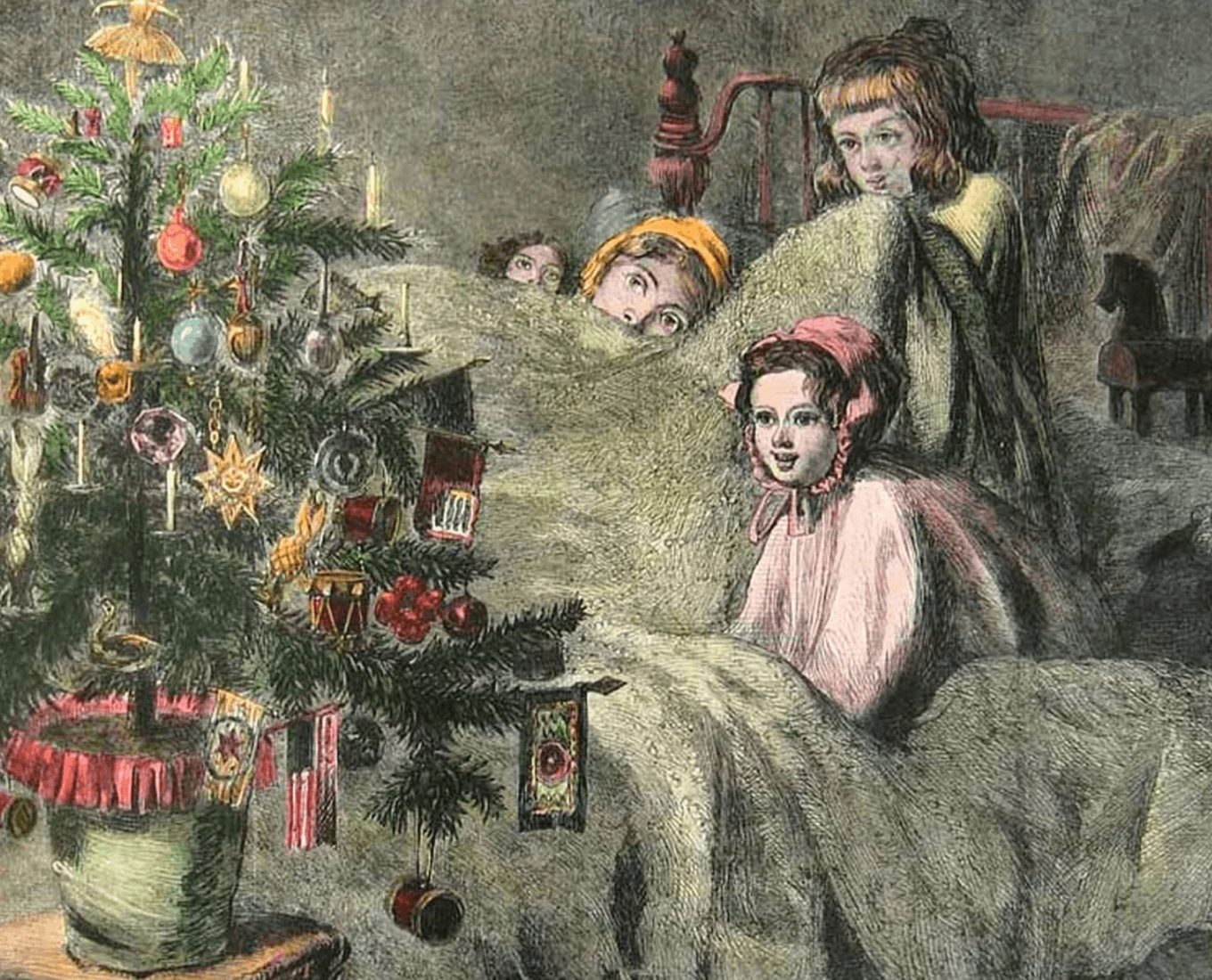
Experts of all stripes have been looking to Spanish Influenza of 1918 for insight into the current coronavirus pandemic, but leave it to a classics professor to go a little further back in history.
In The Washington Post, Thomas R. Martin, the Jeremiah W. O'Connor Jr. Chair in Classics, recently examined Byzantium’s response to the bubonic plague in A.D. 542, and found a society that came together to bend the curve of infections, despite their government's inaction.
Under a passive emperor Justinian, the disease ravaged Byzantium, causing at one point upwards of 10,000 deaths per day and cratering the city's economy. Finally, the people took it upon themselves to act, Martin wrote, spontaneously adopting what we now call social distancing.
"The normally packed streets of the capital city were practically deserted because everyone who could was staying indoors at home," Martin wrote.
"The result of the population’s voluntary self-quarantine was remarkable: the crest of the infection had lasted about three months, but now it took only about another month for the virulence of the disease to fade to a level that allowed society to begin to revive."
Read Martin’s piece in The Washington Post.
Previous Coverage:
The Washington Post, April 15: A plague can wipe out peoples — and democracies


